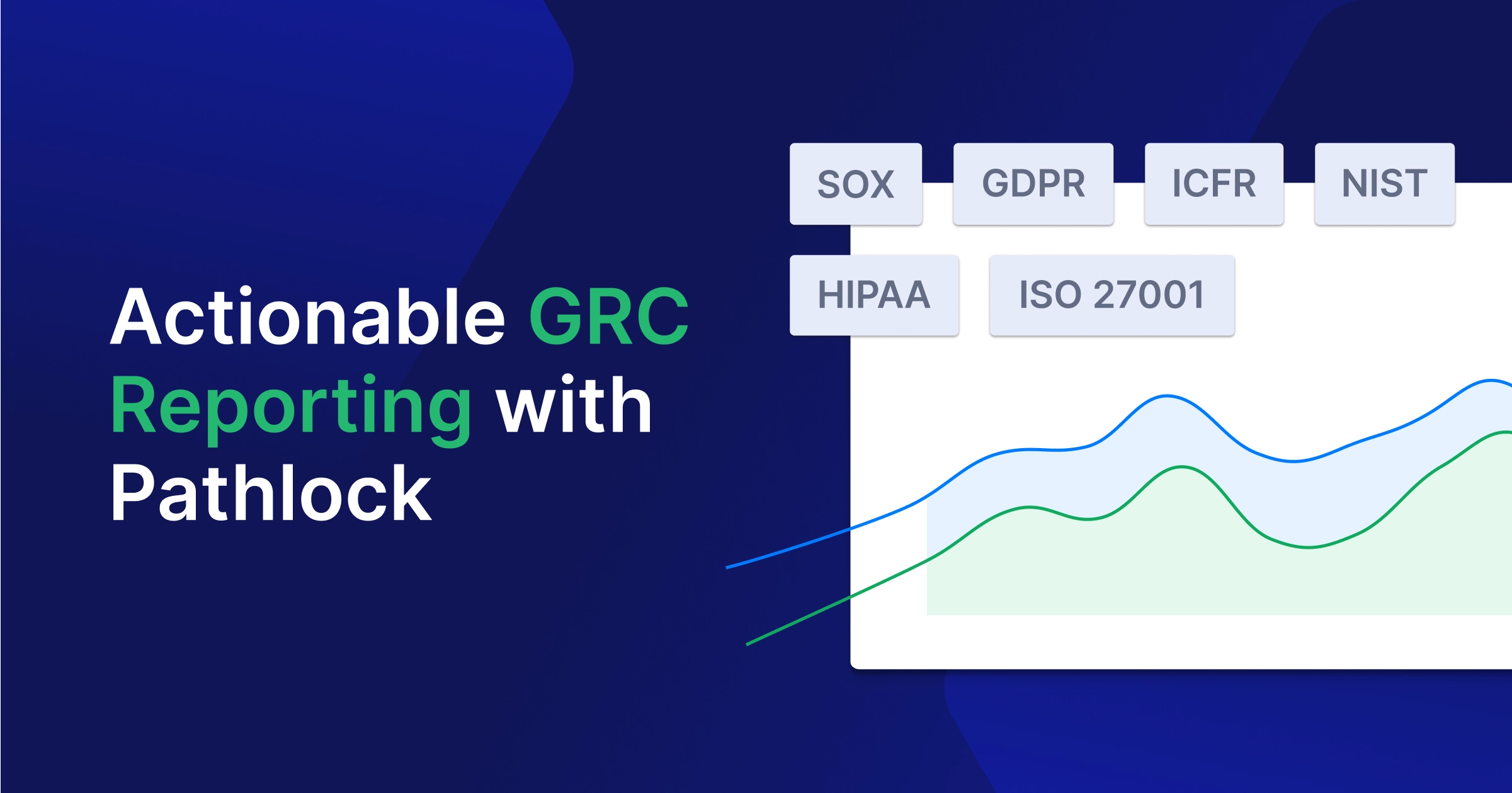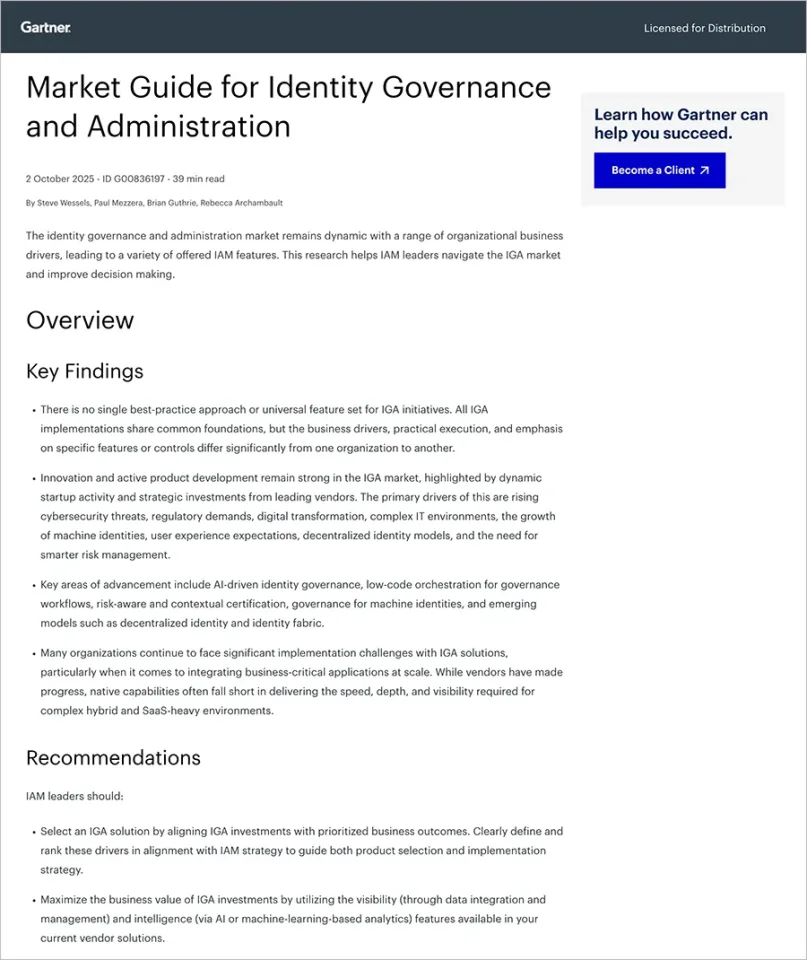What Is Cloud Governance?
Cloud governance refers to policies and rules that organizations adopt to manage the services they run in the cloud. Cloud governance aims to improve data security, enable cloud systems to operate smoothly, and manage cloud-related risk. In larger organizations, it is typically part of a large governance, risk and compliance (GRC) framework.
Cloud governance requires careful planning and management of cloud computing aspects such as data security, asset deployment, and system integration. Rules and policies must be highly dynamic to support the complexity of cloud deployments—various groups in an organization may create or maintain cloud systems, so your overall cloud environment is under a constant sea of changes.
Organizations should implement a cloud governance initiative to ensure their complex environments comply with regulations, security best practices, and internal policies.
Why Is Cloud Governance Important?
Here are ways cloud governance can help organizations increase efficiency while running critical services in the cloud:
Improves Cloud Resource Management
Cloud governance shifts workflows from manual to automated. Rather than using time-consuming manual processes (such as creating complex spreadsheets to track system and account activity), cloud governance programs let you establish guardrails that automate the management of processes from policies to budgets.
These guardrails can also trigger automated responses to cloud activity, reducing the effort needed to implement cloud governance. Additionally, they can highlight out-of-policy spending on cloud resources to reduce duplicate or unnecessary costs.
Reduces Shadow IT
The costs and risks of cloud systems increase when an organization doesn’t know which data and systems are deployed where, or when users are blocked from accessing the resources they need. Today, it is common for employees to deploy and operate shadow IT systems when conventional IT services don’t respond quickly to their requests.
Cloud governance lets employees conveniently ask for cloud resources in a way that applies the appropriate controls and increases visibility for the organization. Rather than using shadow IT, employees can gain access to cloud systems within the organization’s budget and compliance frameworks.
Reduces Administrative Overhead
When there is no cloud governance program in place and no technology solutions to support it, organizations often use manual processes and spreadsheets to monitor cloud accounts, compliance issues, and costs. They also use this process to control access and budgets for cloud resources. This approach is error-prone, inefficient, and breaks down at a large scale.
A comprehensive cloud governance approach lets organizations centrally define policies and apply them to the cloud infrastructure as a whole. It centralizes control over costs and access, raises alerts, and makes it simpler to respond to breaches. This approach saves effort and time, minimizes the likelihood of unexpected cloud costs and non-compliant activities.
Reduced Security Risks
Once an organization has decided to transfer its data to the cloud, it must implement security measures to secure that data. While storing data on the cloud is more convenient than hosting the information on-premise, it can also attract data breaches and unauthorized attempts to access information.
Your cloud governance plan will let you discover vulnerabilities in your system, carry out plans to mitigate risk and implement metrics to assess the impact of security strategies.
Related content: Read our guide to GRC auditing (coming soon)
6 Essential Components of a Cloud Governance Framework
Your cloud governance framework should address the following objectives:
1. Managing Data
Provide clear guidance for managing the entire data lifecycle. Data management can become complicated when you store and process large volumes of data, so it is important to classify data according to risk, business value, and compliance requirements.
Encrypt all data at rest and in transit by default. Apply additional controls to protect confidential or sensitive data. For example, you can implement role-based access control (RBAC) to manage who can access what data.
Your governance policies should help developers, managers, and data owners protect data according to your data classification strategy. Provide instructions for managing data lifecycles, including guidance for moving data between different storage systems and storage durations. Cloud providers usually offer tools to automate data migration to suitable storage systems and delete unneeded data.
2. Managing Infrastructure and Configurations
Leverage infrastructure-as-code (IaC) deployments to manage dynamic cloud infrastructure. IaC applications can control what runs in your environment and monitor the infrastructure. If the system detects an issue (e.g., if some virtual machines fail), it can automatically restore your infrastructure to the desired state.
When cloud engineers and developers use expensive cloud services or deploy multiple VMs, they should use controlled processes. Managing configurations allows you to control the storage and usage of secrets (i.e., encryption keys, credentials). Store secrets in centralized repositories and avoid using login credentials in programs or scripts.
3. Managing Operations
Maintain control over the delivery of services from cloud resources. A well-defined IT operations management strategy can help prevent the emergence of shadow operations. Monitor costs and performance to detect unusual deployments of cloud resources.
Your operations policy should cover details such as:
- Rules and processes to control the creation of new cloud-based workloads and applications
- Coordination with the Ops team
- Identity and access management (IAM) requirements
- Processes for estimating compute, network, and storage requirements
- Service-level agreements (SLAs) for allocating resources
- Monitoring and logging
4. Managing Security and Compliance
Don’t rely entirely on your cloud service provider (CSP) for security. The CSP and customer share responsibility for preventing unauthorized events (i.e., data sharing, access to resources). You must configure any service you use to meet your organization’s security requirements. The CSP might not offer granular access control, at-rest data encryption, or visibility.
Assess the framework components of your cloud platform, considering networking, configuration options, IAM, and workload segregation. To ensure it can meet your baseline requirements, assess every service you might deploy to define the required controls and configuration parameters for protecting your workloads based on your data classifications. Use compliance tools to automate the monitoring and maintenance of these controls and configurations.
5. Optimizing Costs
Implement cost management tools and controls and tools early on—you can optimize them later as your cloud governance matures. Cloud services can provide cheaper computing and storage options on a pay-per-use basis, but costs can go up if you don’t manage your resource usage effectively.
Make sure you keep track of the following resources and eliminate them where necessary:
- Any testing or development environment that runs continuously
- Any over-provisioned resource
- Unneeded backups and copies of data
- Unutilized testing and evaluation infrastructure
- Redundant snapshots (e.g., VM and database snapshots)
The virtually unlimited scale of the cloud makes it easy to waste resources and incur excessive charges. Use automated custodial tools to ensure your cloud resource consumption aligns with your planned usage.
6. Managing Performance
Monitor your infrastructure and applications to ensure efficient cloud infrastructure usage and IT service delivery. Infrastructure monitoring helps you keep cloud costs in check—you can ensure that you have sufficient storage and compute resources for your workload while avoiding unutilized resources. Use monitoring tools and auto scaling features to allocate cloud resources dynamically.
Application monitoring should take into account performance metrics such as:
- Latency for web page loading, data retrieval, and API function calls.
- How many database transactions occur in a given time frame.
- How many users are connected.
Create alerts to notify support teams and application managers when services don’t function properly.
Cloud Governance with Pathlock
Pathlock provides a robust, cross-application solution to governing cloud applications. Finance, internal controls, audit, and application teams can rest assured that Pathlock is providing complete protection across their cloud application landscape.
With Pathlock, customers can enjoy a complete solution to securing their applications including access management, privileged access management, user access reviews, separation of duties, and more:
- Integration to the leading business applications, with a “rosetta stone” that can map SoD conflicts, violations, and rulesets across systems
- Intelligent access-based SoD conflict reporting, showing users’ overlapping conflicts across all of their business systems
- Transactional control monitoring, to monitor all activities across applications in real time, as they are happening
- Automated, compliant provisioning into business applications, to monitor for SoD conflicts when adding or changing user access
- Streamlined, intelligent User Access Reviews that highlight unnecessary or unused privileges for removal or inspection
- Compliant workflows to drive risk mitigation and contain suspicious users before they inflict harm
Interested to find out more about how Pathlock is governing cloud applications at scale? Request a demo to explore the leading solution for enforcing compliance and reducing risk.



